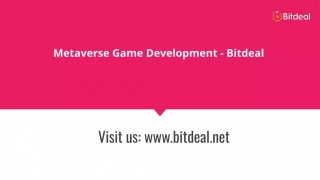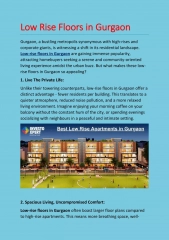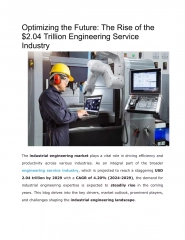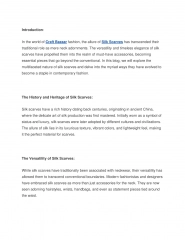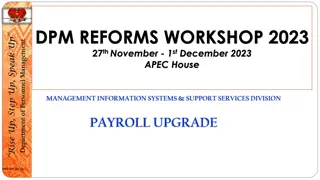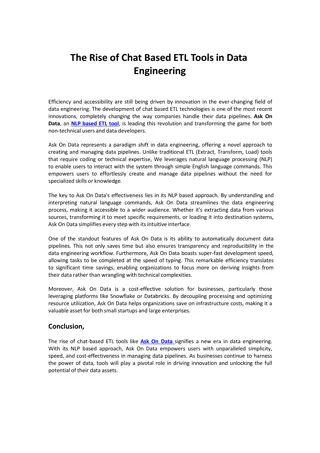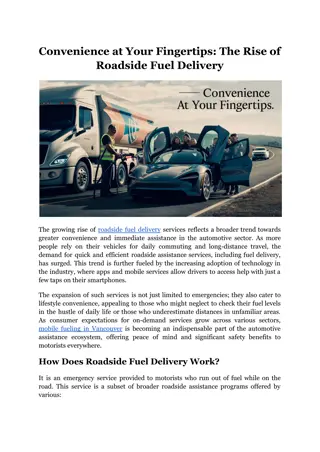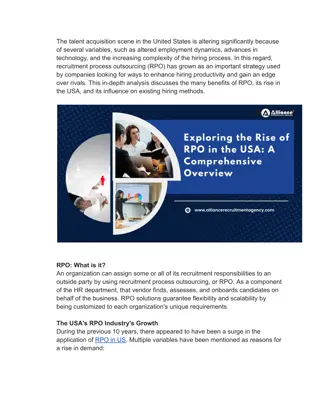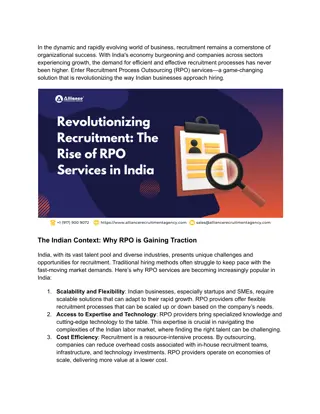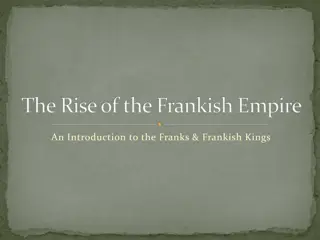
Rules and Guidelines for RISE Network Composition and Personnel Secondment
Learn about the essential rules and guidelines for the RISE program, including network composition requirements, participant institutions' roles, personnel secondment funding, budget allocations, and project management details. Discover how to navigate partnerships, secondment durations, and funding criteria effectively.
Download Presentation

Please find below an Image/Link to download the presentation.
The content on the website is provided AS IS for your information and personal use only. It may not be sold, licensed, or shared on other websites without obtaining consent from the author. If you encounter any issues during the download, it is possible that the publisher has removed the file from their server.
You are allowed to download the files provided on this website for personal or commercial use, subject to the condition that they are used lawfully. All files are the property of their respective owners.
The content on the website is provided AS IS for your information and personal use only. It may not be sold, licensed, or shared on other websites without obtaining consent from the author.
E N D
Presentation Transcript
RISE Basic rules: network composition At least 3 participant institutions are required ( .we are many ) 2 in EU ed 1 in third country or 3 in EU but at least a non academic one. Institutions from third countries normally are not funded (except special cases). They do not sign the grant agreement (they are not beneficiaries ) but their role in the project is very important ad must be described and explained (i.e. KEK) Two kind of participant institutions: 1. Beneficiaries: sign the Grant Agreement. Must be located in EU member or associate country. Take complete resposability for the execution of the project 2. Partners: do NOT sign the Grant Agreement. Are located in third countries and do not claim costs to EU. (KEK only. No partners in EU) Financial aspects between partners and beneficiaries should be dealt with by means of a Partnership agreement Partners should provide an up-to-date letter of commitment and ensure their real and active oarticipation to the network 1
Personnel Secondment Funding is intended to support the secondment of STAFF personnel from one participant to another. It can be as well research, technical or administrative personnel. Seconded personnel should have worked for the sending institution for at least 6 months prior to the secondment Duration of secondment for a single person goes from 1 to 12 months, which can be subdivided in various periods. BEWARE: are eligible for funding only secondment from EU institutions to any non-EU institutions secondment between EU institution only inter-sectorial in special cases secondment from non-EU to EU institutions: a) Developing countries (list available on official documentation) b) the non-EU partner provide knowledge or skills essential to the project 2
RISE budget No reciprocity is required in personnel secondment. An average project is expected to be presented by 4-6 partners and may foresee from 100 to 400 secondment months. Maximum allowed is 540 months. Project duration is up to 48 months. Funding: Partner should keep paying their salary to the seconded personnel Home institutions will receive 4500 euros per secondment month: 2000 /month salary top-up for seconded personnel 1800 /month research costs 700 /month management No accounting of this costs will be required by EU at the end of the project! The only condition is that the partners are able to demonstrate that the secondments really took place for the declared periods. 3
Just to be sure one can check rules at the RISE Helpdesk: REA-MSCA-H2020-RISE@ec.europa.eu Question: When a research staff from beneficiary A is seconded to beneficiary or partner B the EU contributrion per person-month (2000 salary top-up + 1800 research + 700 managemnent= 4500 euros) is granted to institution A or B ? Answer: As for IRSES, EU contribution is granted to beneficiaries only. All payments (including prefinancing) are paid to the coordinator who shall, in accordance with the provisions of the grant agreement, distribute the funds to the beneficiaries. The rules of management of the project should be governed by a partnership agreement, where for instance all participants agree that the sending organisation manages the funding. Such partnership agreement is very important, but can be discussed and signed during the project negotiation with EU. Powerful tool for internal cooperation. Note: no budget accounting means you can share resources also with groups out of the project 4
Project idea: Europe-Japan collaboration in flavour physics with quarks and neutrinos Possible acronyms: JEUFLAV, JEUFP . Ideas welcome. Project composition: Belle-II T2K INFN Saclay Warsaw Valencia? British groups ? INFN German consortium Vienna Krakow Ankara Ljubljana Prague ? More than 10 beneficiaries 5
Project structure WP1: Belle-II physics. Analysis and sw tools, networking WP2: Belle-II detector. Tasks to be defined: ECL (forward) Italy SVD, PXD Germany, Italy, Poland PID Ljubljana, Italy CDC Ankara WP3: T2K physics. WP4: T2K upgrade studies. Photodetectors .. WP5: Management. Budget distribution 6
Role of KEK Just hosting the experimental activities may be not enough ! Participation should be discussed in details with KEK group responsibles Sharing/transfer of knowledge should appear Collaboration in dissemination and outreach Possibility to reserve a fraction of the budget to cover few KEK staff secondments in european groups. 7
Project evaluation is based on: 50% Excellence: scientific part 30% Impact: dissemination and tranfer of knowlegde 20% Implementation: management 8

